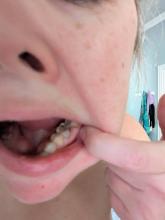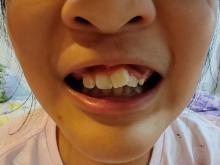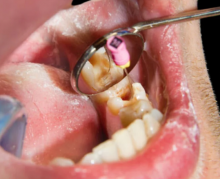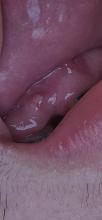Modern Dentistry, Timeless Smiles.
More Than a Smile: The Unseen Power in Our Teeth
Language :
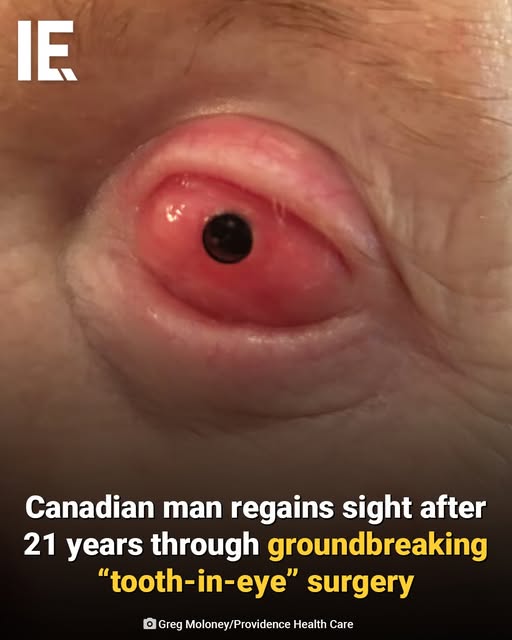
Topics:
We often think of teeth in terms of their obvious jobs: chewing our food, helping us speak clearly, and flashing a confident smile. We admire them for their pearly whiteness and strive to keep them cavity-free. But what if we told you that the true power of a tooth lies far deeper than its enamel surface? What if a tooth could be the key to restoring one of our most precious senses: sight?
It sounds like something from a science fiction novel, but for one man from British Columbia, it is a miraculous reality.
A Story of Light, Lost and Found
Meet Brent Chapman. At the age of 13, Brent’s world went dark. A severe reaction to medication permanently damaged his eyes, leaving him blind. For over two decades, he navigated life in darkness. Hope flickered with surgeries, but none were successful in restoring his vision. After 22 years, many would have resigned themselves to a lifetime without light.
But Brent’s story was far from over.
He became one of the first Canadians to undergo a revolutionary and incredibly complex procedure with a formidable name: osteoodontokeratoprosthesis (OOKP). In simple terms, it’s a surgery that uses a patient’s own tooth to restore sight.
The Surgical Marvel: How Can a Tooth Help Someone See?
The procedure, performed by a specialized team at Mount Saint Joseph Hospital in Vancouver, is a masterpiece of medical innovation. It’s a two-stage process that truly pushes the boundaries of what’s possible:
-
The Foundation: Surgeons remove one of the patient's teeth—often a canine—along with a portion of the surrounding jawbone and ligament. This tooth-bone unit is then meticulously sculpted and a tiny, custom optical lens is inserted into its center.
-
The Window to the World: This "tooth-lens" complex is then implanted into the eye. Over time, the body’s own tissues integrate with the tooth and bone, creating a stable, living framework that holds the new lens securely in place. Because the tooth is made of the patient's own tissue, the body does not reject it—a common problem with artificial implants.
This procedure is a last resort, reserved for the most severe cases of corneal blindness where other treatments like standard corneal transplants have failed or are not possible. It is performed by only a handful of highly skilled specialists worldwide.
A New Dawn
The result for Brent Chapman? After more than twenty years of darkness, he can now see light, distinguish the faces of his loved ones, and experience the joy of color once again. While his vision is not perfect, the transformation is profound. The procedure gave him a functional window back to the visual world.
What Makes Teeth So Powerful?
Brent’s incredible journey forces us to reconsider the humble tooth. So, what is the secret to its strength?
-
Biocompatibility: Your body recognizes your own tooth structure as "self," not a foreign object. This eliminates the risk of rejection.
-
Structural Integrity: Teeth are the hardest substances in the human body. They are designed to withstand a lifetime of incredible force, making them a surprisingly durable anchor.
-
The Power of the Ligament: The periodontal ligament that holds your tooth in your jaw is a unique tissue with a rich blood supply. This is key to the success of the OOKP procedure, as it promotes healing and integration with the eye tissue.
Brent Chapman’s story is more than a medical miracle; it’s a powerful testament to human resilience and the relentless pursuit of innovation. It reminds us that sometimes, the solutions to our most profound challenges are hidden in plain sight—or in this case, hidden in our smile.
It shows that the power of a tooth isn't just in the bite it can take, but in the hope it can hold.

